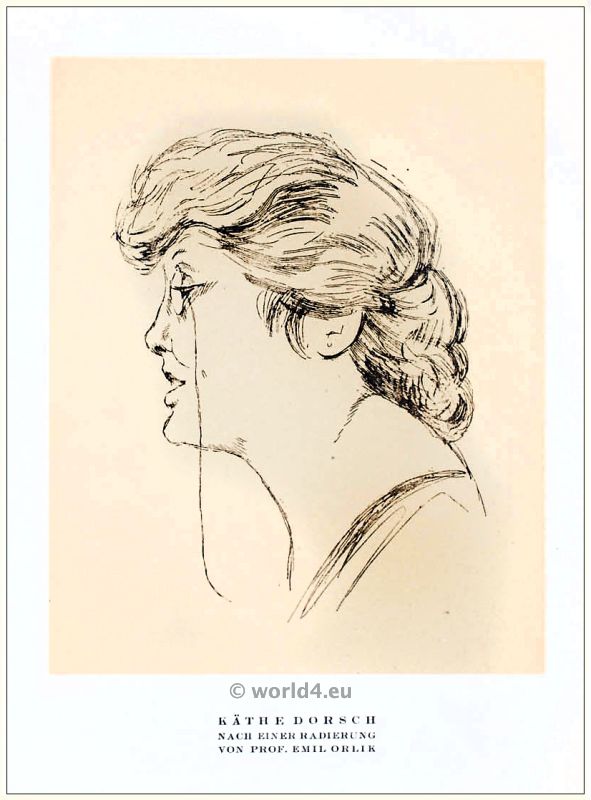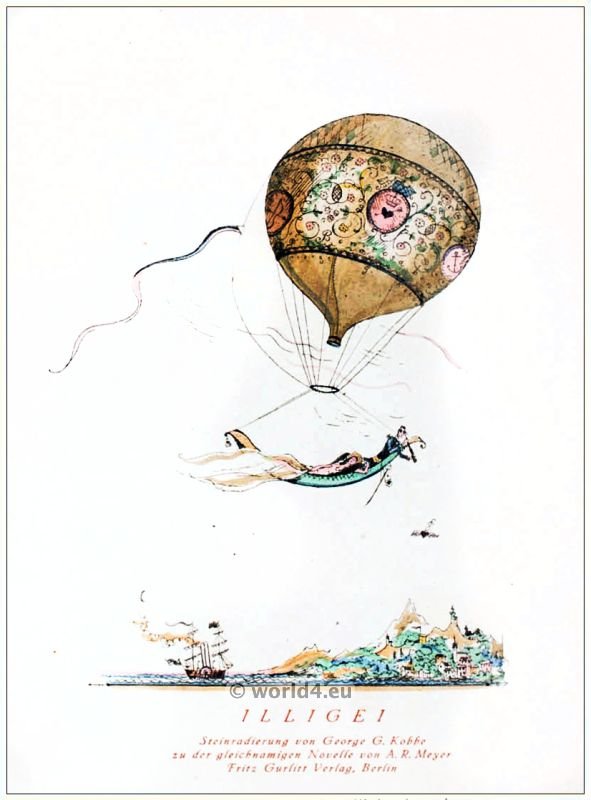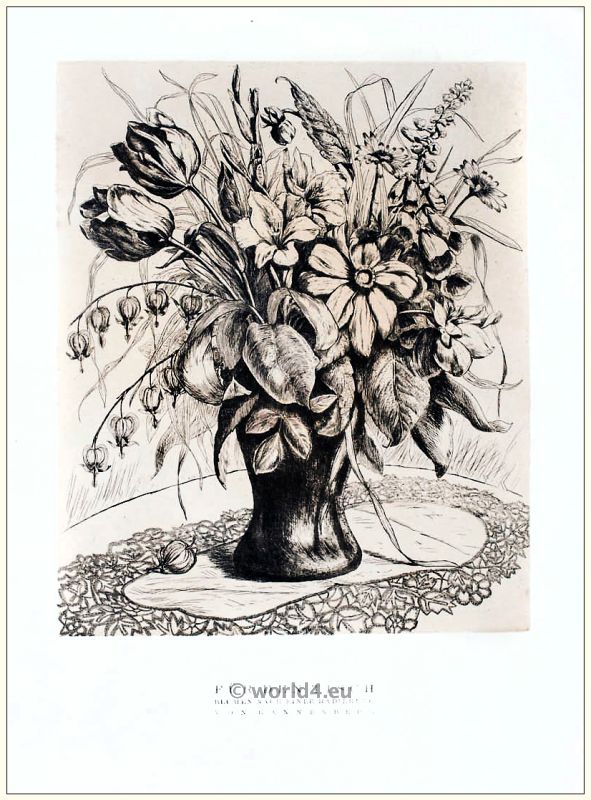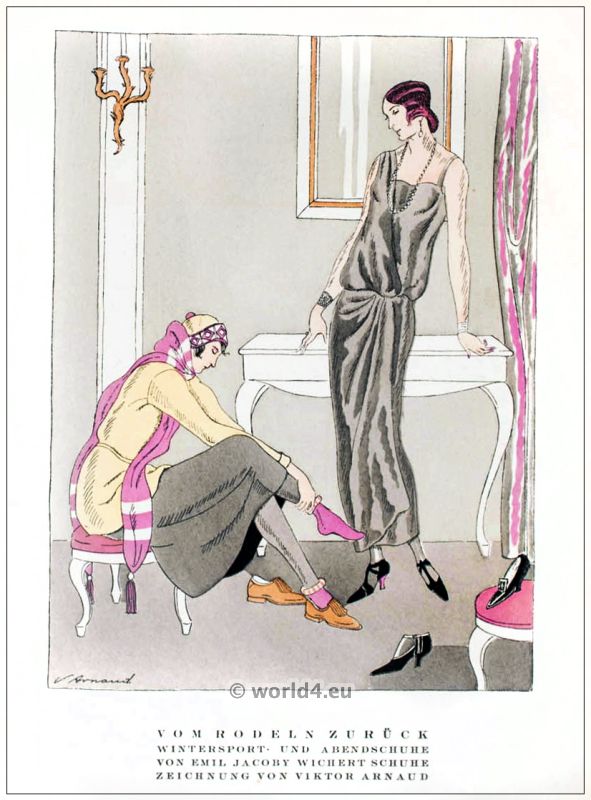Styl, table 7, Issue 5/6.
Käthe Dorsch. After an etching by Prof. Emil Orlik.
Emil Orlik (* 21 July 1870 in Prague, Austria-Hungary; – 28 September 1932 in Berlin) was a Bohemian painter, graphic artist, photographer, medallist and craftsman. Orlik was the son of the Prague Jewish master tailor Moritz Orlik (1832-1897) and his wife Anna, née Stein.
His students included George Grosz, Hannah Höch, Oskar Nerlinger, Josef Fenneker, Reinhold Ewald, Carl Schröder, Gustav Berthold Schröter, Erich Schönfeld, Siegward Sprotte, Karl Hubbuch and Gerhard Ulrich (1903-1988).
After his first trip to Japan in 1900/01, Orlik created works inspired by Japanese colour woodcuts. He is therefore categorised as a Japonist artist. Orlik also travelled to China, Russia and Egypt.
Käthe Dorsch (1890 – 1957).
Käthe Dorsch, pseudonym of Katharina Dorsch, born at Neumarkt in the Upper Palatinate, was a German actress.
Käthe Dorsch began her career on the stage by performing in operettas with good success, after which she switched to drama, making a name for herself in Berlin in 1919-1920.
In Berlin, she achieved acclaim and success in the plays of Henrik Ibsen, Gerhart Hauptmann, Arthur Schnitzler, George Bernard Shaw, Eugene O’Neill and, in classical theatre, Friedrich Schiller and Gotthold Ephraim Lessing. She distinguished herself in Heinrich Leopold Wagner’s Infanticide, H.Müller’s Fiamma, etc.
In the following years, as she became more and more in command of her already good acting qualities, she came to the fore in all registers, from the highly dramatic to the light-hearted and the brilliant, impersonating the heroines of the greatest contemporary writers, among whom we can mention Eduardo De Filippo with his Filumena Marturano
From 1933 she moved to the Burgtheater in Vienna, where she had great success as Mrs Alving in Ibsen’s Spectres.
Among her most successful films are The Strongest Love (Mutterliebe) (1939) and The Comedians (Komödianten) (1941).
Source: STYL – by Ludwig Sternaux. Published in Berlin by Erich Reiss & Otto v. Holten in 1922 to 1924. German Art Déco Fashion Magazine
Discover more from World4 Costume Culture History
Subscribe to get the latest posts sent to your email.




